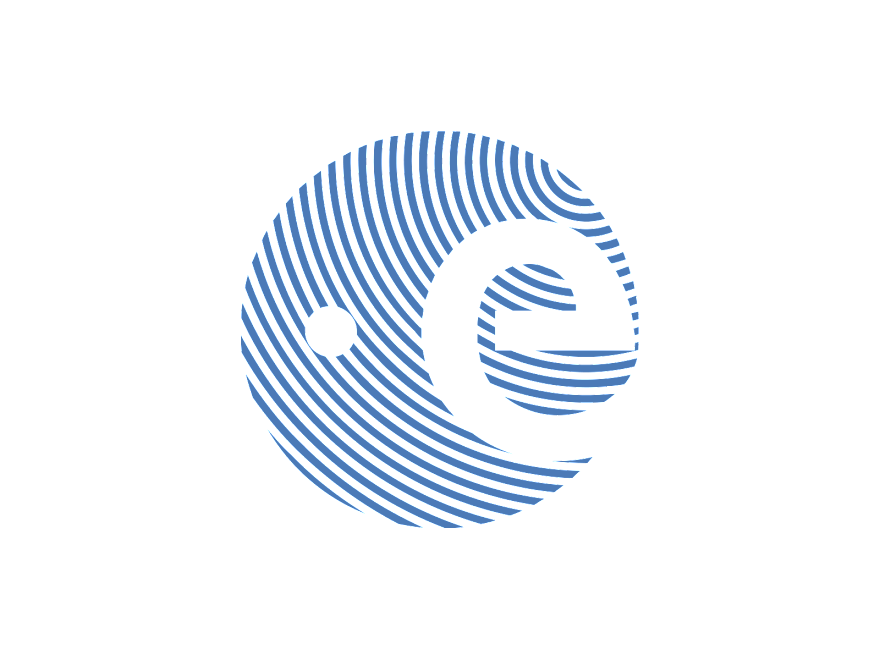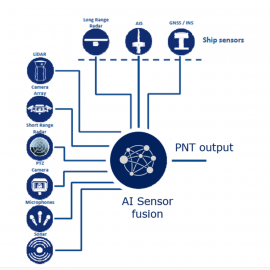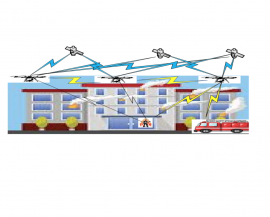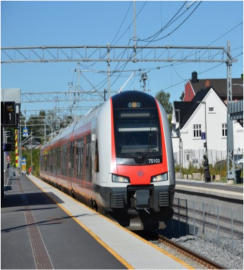Filter By
Closed Opportunities
testing 404
descr.
testing price field
testingggg
Testing Ordersadas 456
Description nm.
Testing Order 123
Description
Testing Order
Description
Artificial Intelligence / Machine Learning Sensor Fusion for Autonomous Vessel Navigation
Maritime transport is currently facing new challenges such as significant increases in transport volumes, more stringent environmental requirements and a shortage of seafarers in the future.
One of the many new concepts having the potential to overcome these challenges is autonomous ship navigation. In particular, the concept is expected to allow for more efficient and competitive ship…
esa-STAR link: http://emits.sso.esa.int/emits/owa/emits.main
Ultra-Low Power Device Positioning Concepts
There are an increasing number of IoT applications, and projections show that global Low Power Wide Area (LPWA) connections will increase by almost one order of magnitude in the next five years. Terrestrial networks are continuously targeting evolutions of the IoT markets. For example, the latest release of 3GPP standards has introduced modifications to their standard (e.g. NB-IoT) to comply with…
esa-STAR link: http://emits.sso.esa.int/emits/owa/emits.main
Low-RF Fast Deployable Systems for Emergencies in Difficult Environments
There exist a number of applications requiring reliable and accurate navigation services in environments difficult to access where available commercial products struggle to satisfy the variety of user demands. Such applications include very deep indoor applications, for which navigation accuracy and timely operations are critical to users, as for example in emergencies or underwater/urban-canyon…
esa-STAR link: http://emits.sso.esa.int/emits/owa/emits.main
Techniques supporting Resilience for High Integrity Train Control Applications
The objective of the proposed activity is to study GNSS carrier phase integrity techniques for application in railway safety of life applications, and in particular, the evolution of the European Rail Traffic Management System (ERTMS) with virtual balise detection using GNSS.
Carrier phase positioning can achieve a significantly better performance than code-based positioning; however, to date…
esa-STAR link: http://emits.sso.esa.int/emits/owa/emits.main
GNSS/non-GNSS Sensor Fusion for Resilience in High Integrity Aviation Applications
GNSS technology has demonstrated its capability to provide very good performance in Europe up to LPV 200 based on GPS L1 (single frequency, single constellation) and is expected to reach CAT I Autoland with the future DFMC mode (Dual Frequency, Multi Constellations – GPS & GAL).
It is very challenging to improve this performance, more specifically the 6-second Time To Alert (TTA) that seems…
esa-STAR link: http://emits.sso.esa.int/emits/owa/emits.main









